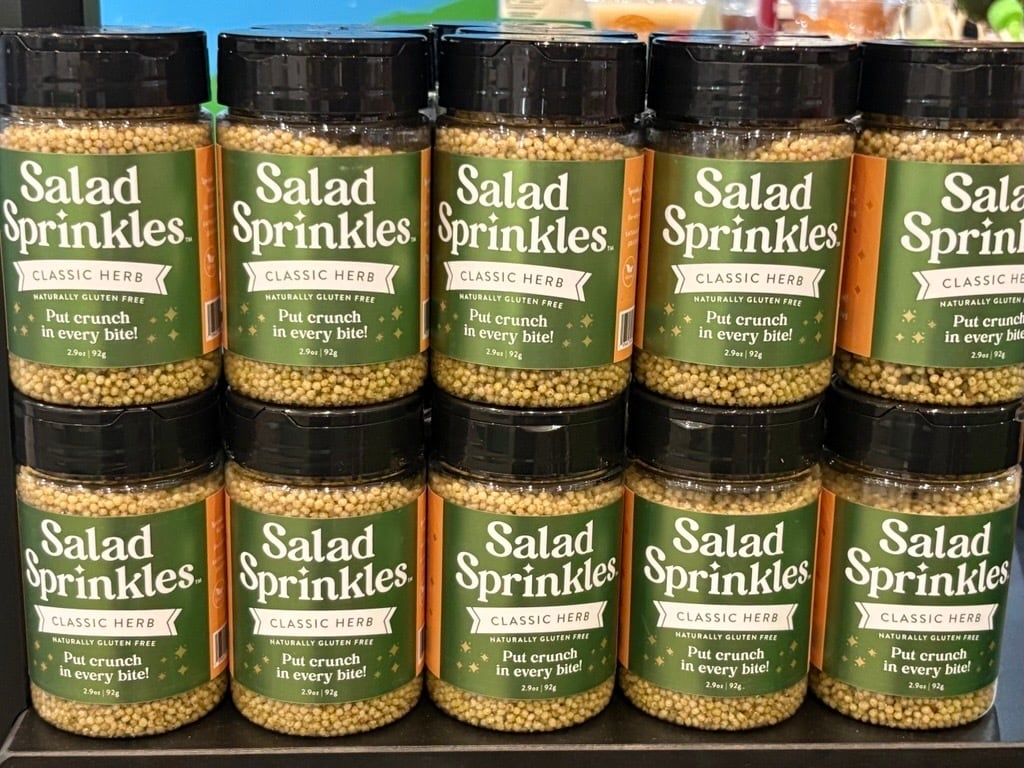As budget conscious consumers pull back from eating out amid lingering inflation, iconic food service brands like Zucker’s and Melting Pot are launching into CPG to recoup sales by helping shoppers recreate the restaurant experience at home.
“COVID just changed so many dynamics in terms of consumer behavior for everybody, but particularly hospitality,” with many shoppers discovering cooking and eating at home was more convenient, easier to personalize and experiential, said Daniel Pace, COO and partner at Zucker’s Bagels, a New York-based café chain.
Rising inflation and falling consumer sentiment have compounded this shift as more people looked to reduce their spending on food or stretch their budgets farther.
A survey of more than 6,000 consumers across several countries, including the US, revealed about 85% of global consumers are worried about the impact of inflation on grocery prices – a concern that is even higher among US shoppers at 88%. In response, 65% of respondents are buying less to offset costs, according to the Blue Yonder survey.
Census Bureau data released last week also revealed consumers are trading down from restaurants to eating at home, as illustrated in a 0.4% decline in restaurant sales month-over-month in July and a corresponding 0.4% uptick in grocery sales in the same period.
Recreating the restaurant experience at home
In response, restaurants increasingly are meeting consumers where they are at home by launching signature items from their establishments into retail.
Among those shifting their marketing strategy is Zucker’s Bagels, which Pace debuted at the Summer Fancy Food Show a line of premium frozen par-baked bagels that Pace said are “hand rolled, hand boiled, hand seeded and hand baked” in its stores before being flash frozen and packed in a premium-appearing zip top bag.
The launch “extends our restaurant food community to somebody right in their house. And, I think, the convenience that people experience and the joy of being able to participate in the process of actually making the food, are two trends that we picked up on” when creating this line of frozen bagels, added Pace
Zucker’s is far from a front-runner in this move. Restaurant chains including Panera, PF Chang’s, Chik-fil-A already blazed the trail, which upscale fondue restaurant Melting Pot also followed with the debut at the Summer Fancy Food Show of several items that help consumers recreate the restaurant eating experience at home.
“What we’ve developed is a ready-to-heat-and-eat cheese and chocolate fondues that you can eat in your home. You don’t need a fondue pot. You can make them in the microwave or stove top. We’ve take the complexity out of it – everything you need is in our pouches,” said Jennifer Lukas-Bourgeois, director of marketing at Melting Pot.
“Everything we’ve done that you find in our retail line emulates the experience in the restaurant, emulates the quality, emulates the flavor, so you can bring it home,” she added.
The strategy not only gives the restaurant another revenue source, but it also builds consumer awareness as some shoppers discover the Melting Pot at the grocery store or ecommerce and then seek out a restaurant for special occasions. For those who already know about the restaurant, finding the products in store can reinforce loyalty, she said.
Retail requires different marketing strategies than restaurants
Making the move from restaurant to retail is not as simple as packaging up fan favorite foods – players also need to adjust their marketing strategies for retail, which Pace says can be more complicated than in food service.
“You have to throw a few more levers in the grocery store space than you do in the restaurant space,” he said. “It is really just about consumer awareness. So, how you reach that consumer is a little bit different in the grocery store space.”
Like many CPG companies, Pace said Zucker’s relies on demos and is focused on a smaller distribution footprint for now so that it can sufficiently support retail partners. As consumers discover the brand in store, it will expand.



